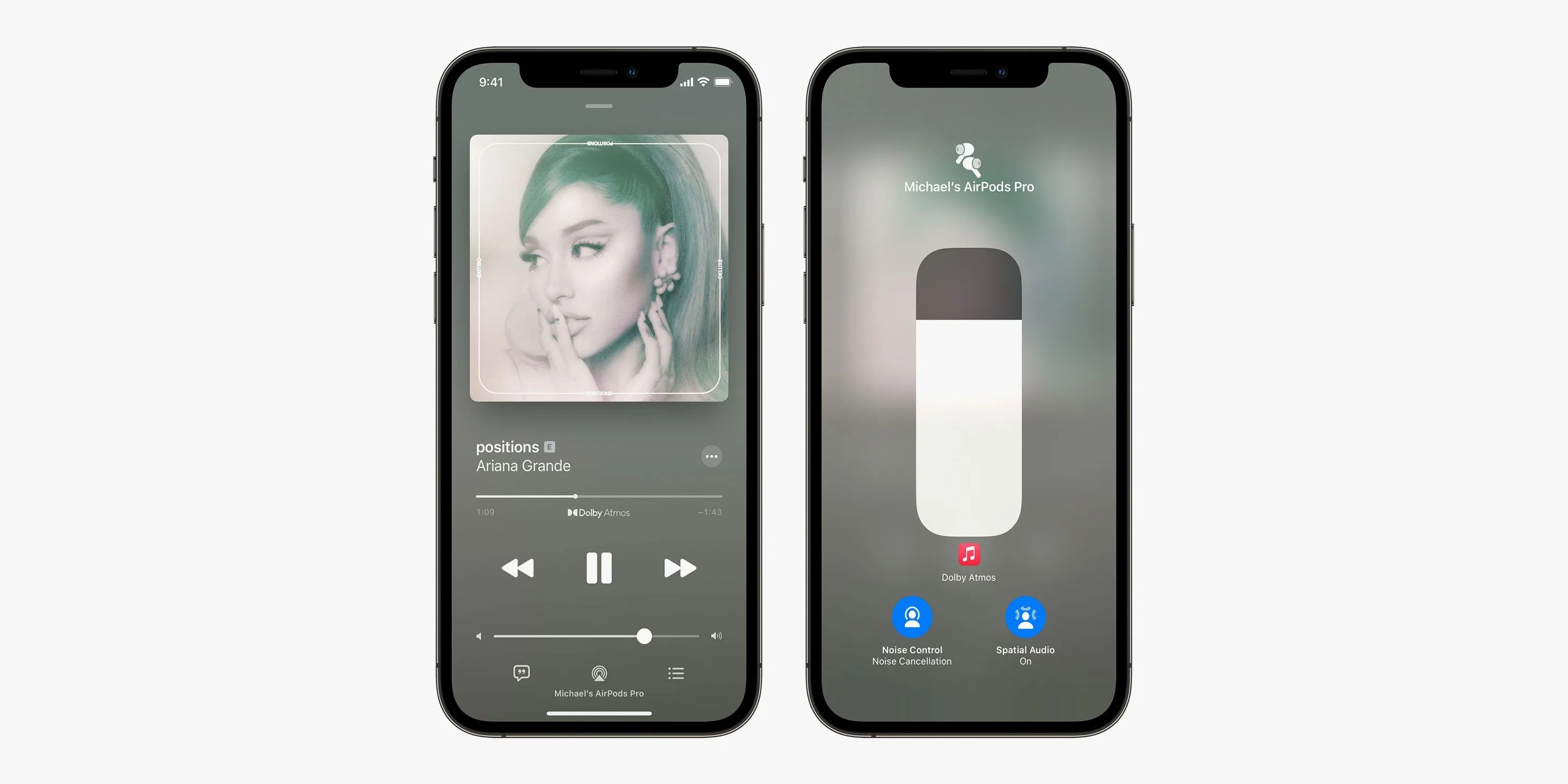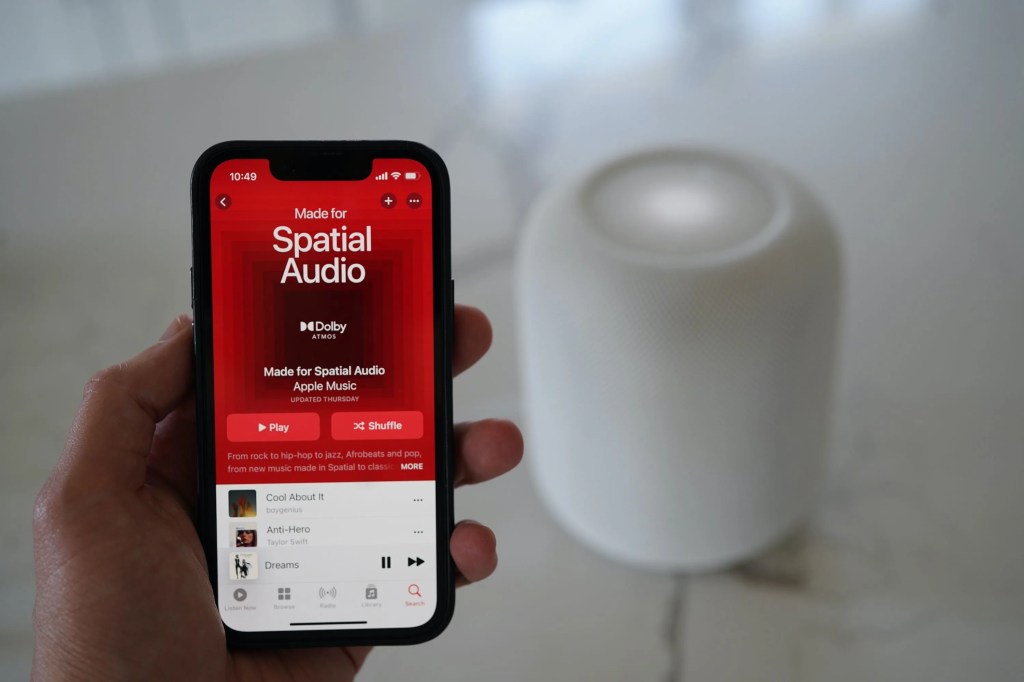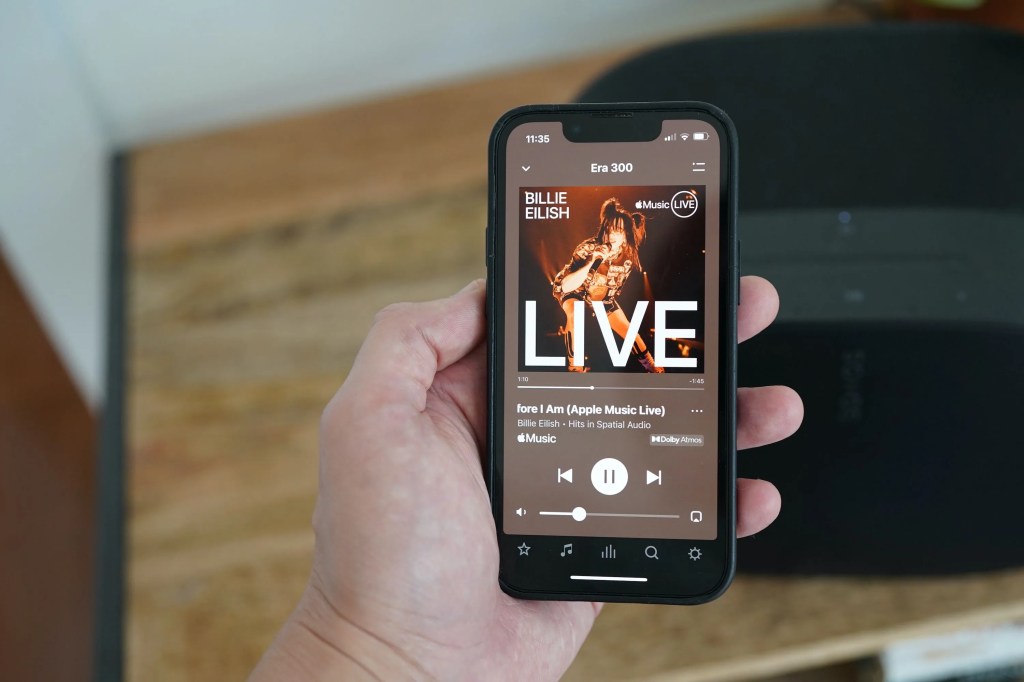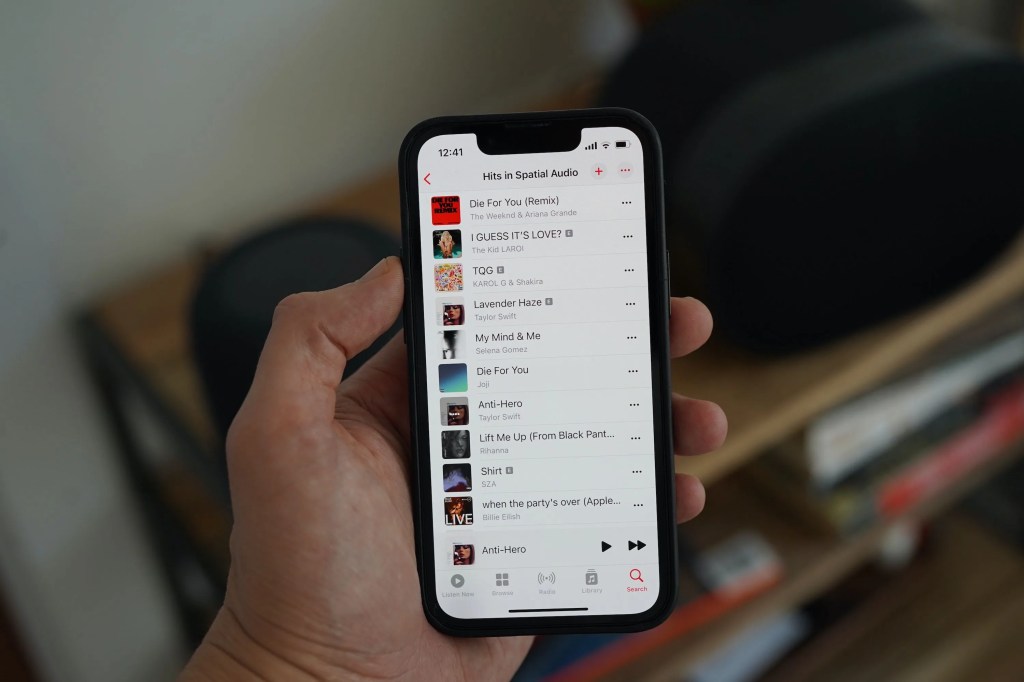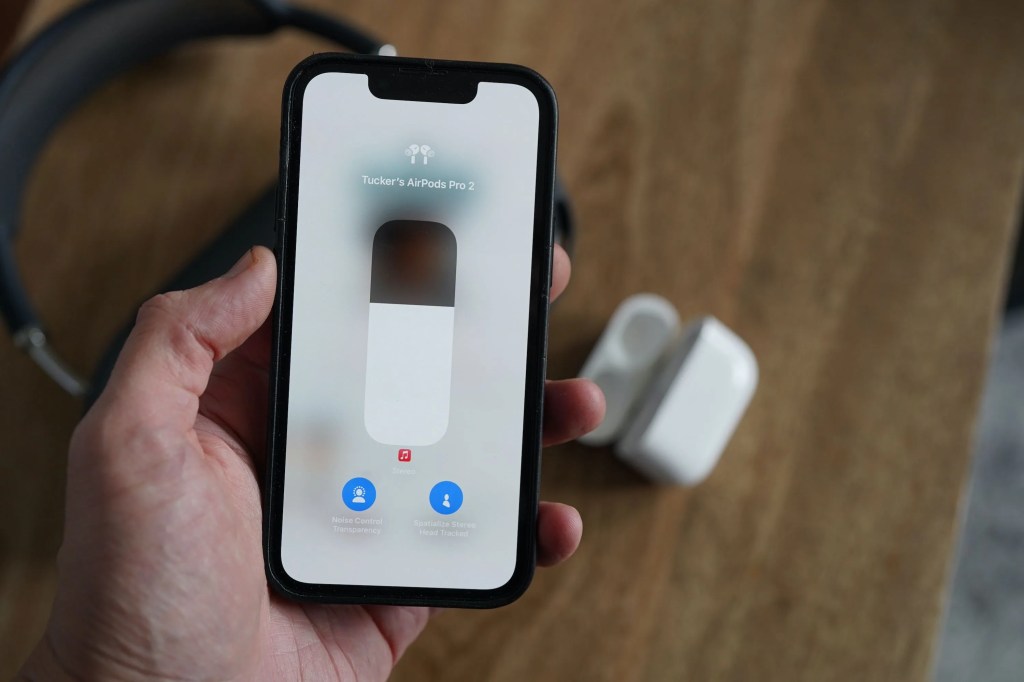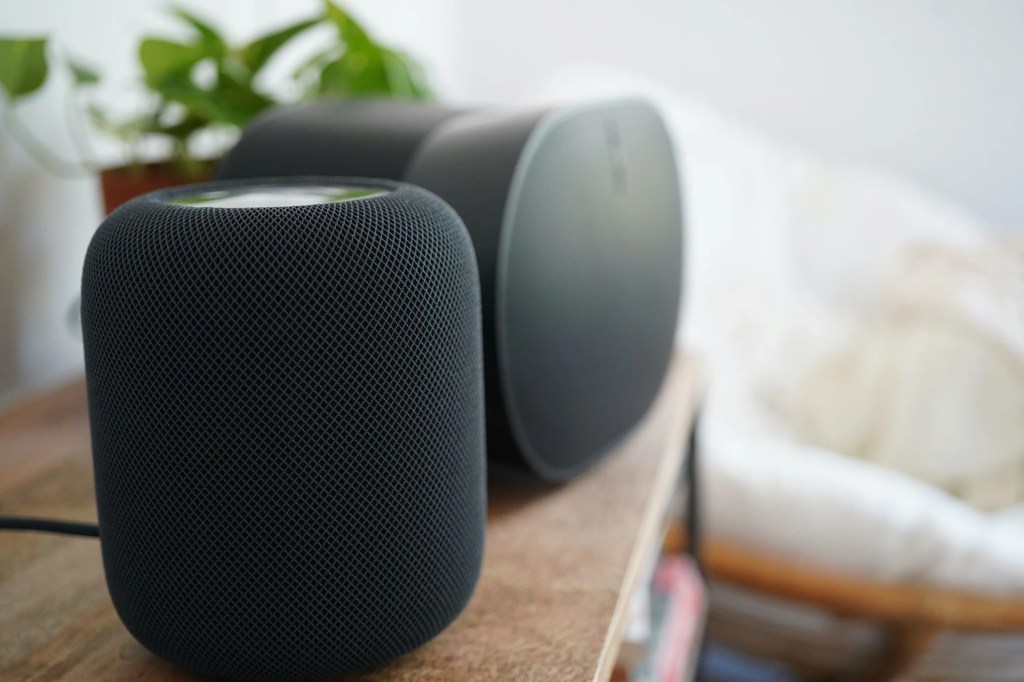Apple Music is the most popular lossless music streaming service in the world. Since 2021, subscribers have had access to a huge catalog of lossless tracks that are CD quality and better (up to 24-bit/192 kHz).
But it’s not just the higher bitrates that sets Apple Music apart. The tracks are more immersive, as well.
That’s because Apple Music supports both Dolby Atmos and Spatial Audio, two immersive sound technologies that Oliver Schusser, Apple’s vice president of Apple Music and Beats, calls the “biggest advancement ever in sound quality.”
But what does each technology do? And how do they work together? Consider this your cheat sheet.
What is Spatial Audio?
Spatial Audio is Apple’s own immersive sound technology.
It uses the various sensors (specifically the accelerometers and gyroscopes) in Apple’s AirPods Pro (first- and second-generation) or AirPods Max to track the listener’s head movements. It then creates a virtual space based on the listener’s head and the device they are listening from (like an iPhone) so that it always sounds like the audio is coming out of that device.
